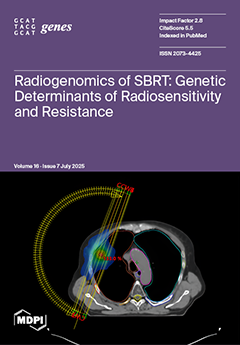Background:
Ligusticum L. plants exhibit significant morphological variation in leaves, flowers, bracteoles and mericarps, thus the classifications of members for the genus have always been controversial. Among them, the taxonomic problem of
Ligusticum multivittatum Franch. is the most prominent, which has not been
[...] Read more.
Background:
Ligusticum L. plants exhibit significant morphological variation in leaves, flowers, bracteoles and mericarps, thus the classifications of members for the genus have always been controversial. Among them, the taxonomic problem of
Ligusticum multivittatum Franch. is the most prominent, which has not been sufficiently resolved so far. Methods: to clarify the taxonomic position of
Ligusticum multivittatum, we performed phylogenetic analyses based on plastome data and ITS sequences. Meanwhile, we conducted comprehensively comparative plastome analyses between
Ligusticum multivittatum and fifteen
Ligusticopsis species. Results: Both analyses robustly supported that
Ligusticum multivittatum nested in genus
Ligusticopsis Leute and formed a clade with fifteen
Ligusticopsis species, belonged to the Selineae tribe, which was distant from the type species of
Ligusticum (
Ligusticum scoticum), located in the
Acronema clade.The comparative results showed that sixteen plastomes were highly similar and conservative in genome structure, size, gene content and arrangement, codon bias, SSRs and SC/IR. These findings imply that
Ligusticum multivittatum is a member of
Ligusticopsis, which was further verified by their shared morphological characters: stem base clothed in fibrous remnant sheaths, white petals, pinnate bracteoles, dorsally compressed mericarps with slightly prominent dorsal ribs, winged lateral ribs and numerous vittae in the commissure and in each furrow. Therefore, combining with the evidences of phylogenetic analyses, plastome comparison and morphological features, we affirmed that
Ligusticum multivittatum indeed belonged to
Ligusticopsis and transformed it into
Ligusticopsis conducted by Pimenov was reasonable. Conclusions: Our study not only confirms the classification of
Ligusticum multivittatum by integrating evidences, but also provides a reference for resolving taxonomy of contentious taxa.
Full article






